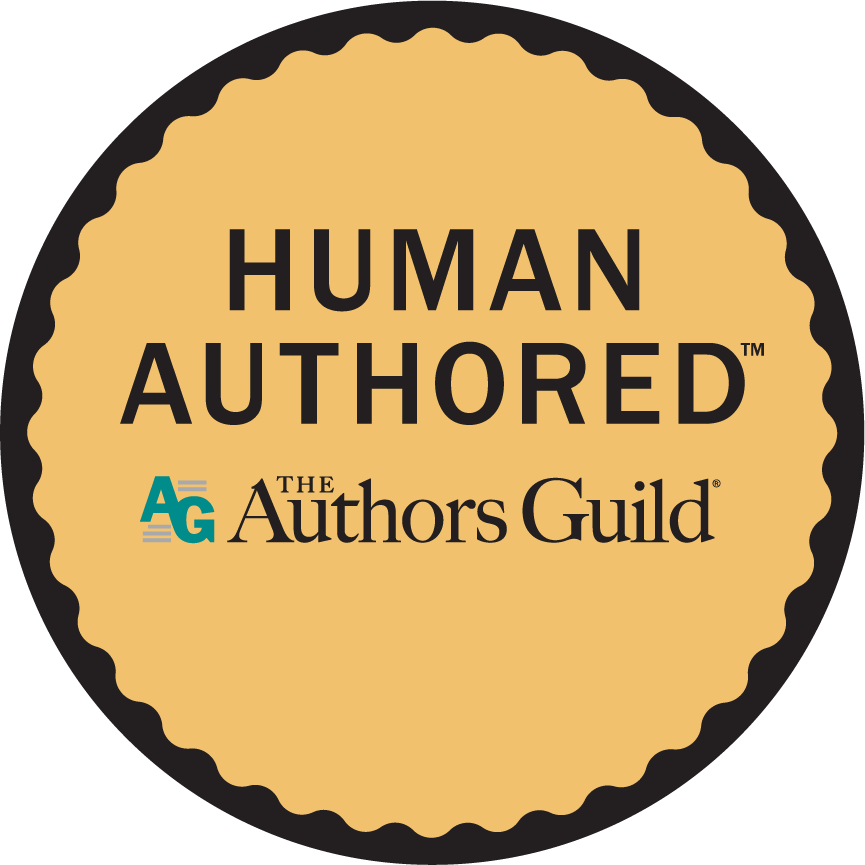About
I love music. We had a piano in my big Boston Irish family; my mother sang Handel, my father loved John McCormack. An aunt gave us the Benny Goodman’s Carnegie Hall LPs--I flipped for “Sing Sing Sing.” In high school I wore out my Billie Holiday and Duke Ellington records, but convinced I’d never learn to play jazz, I became a writer instead.
“Hit the Road Jack” introduced me to Ray Charles in college. A girlfriend knew all of Chuck Berry’s lyrics, and a drummer pal took me down to Harlem’s Apollo Theater to dig James Brown. I panned the Beatles in my campus column, praising Martha and the Vandellas instead. This, my first “rock writing,” got people talking.
I covered the civil rights movement for the Boston Globe, racing to Philadelphia, Mississippi when they found Goodman, Schwerner, and Chaney’s burned-out station wagon in a ditch. I met Mario Savio teaching Spanish to black kids months before Free Speech made headlines in Berkeley. In “Freedom Now!” I heard freedom for myself.
After college I reported for Newsweek from “Swinging London”: Carnaby Street and King’s Road, the Who playing the Marquee. Rubber Soul converted me to the Beatles. I interviewed John--abrasive, challenging--and Paul--almost too charming. Newsweek transferred me to San Francisco in time for the Human Be-in in ‘67 as psychedelics, and the Haight-Ashbury became national news. The Fillmore and Avalon Ballrooms were my beat; Janis Joplin and Jerry Garcia my inside sources. At Monterey Pop I sat in the press section and let my mind be blown.
Exciting days--kids my own age beaming big ideas through electric music. At concerts and communes I heard friendly encouragement to be myself. I let my hair grow long and quit Newsweek. Jann Wenner, a gung-ho kid asked me to help start Rolling Stone. After a few issues I left for a hippie cabin in Mendocino, hitchhiking down to the city to cover the Grateful Dead and B. B. King, to join the Rolling Stones on a wild ride across America to Altamont. My first book, Rock Folk, collects those pieces and reflects the tumultuous times I shared with a generation.
I met Ellen Mandel who played piano and encouraged me to try her old Harmony guitar. As soon as I could play the two chords of Bo Diddley’s “I’m a Man,” I was launched. I bought a harmonica, a Gibson flattop, a Bob Dylan songbook, and started writing my own songs. After years of avid listening, I figured I’d add my voice to pop’s worldwide chorus.
Ellen and I made our coffeehouse debut in Berkeley, then started climbing on every stage we could find, one an unpaid San Francisco talent show with Robin Williams. I wrote my second book, Boogie Lightning, but by now I was playing as much as writing. We moved to Manhattan, joining all the ambitious kids putting their acts together in the Big Apple.
We opened at colleges and rock clubs for Muddy Waters, Manhattan Transfer, and Mose Allison. Ellen started composing for theater; I played for years in the subway.
In the ‘90s I wrote Ray Charles: Man and Music, a big project that took me all over the country and deeper than ever into the heart of pop music. Today you’ll find me in the East Village, writing numerous new projects and playing clubs and coffeehouses with the easy-going jazz combo featured on my CD, Love at First Sight.
Music’s opened me up to gorgeous sounds and challenging ideas. In every note I play, I try to sum up all I’ve heard and send it back as me to anyone who’ll listen. When I get back silly grins from couples dancing to my beat and singing in on the chorus, I thank my inspirations, but I’m also thinking, “Look out world, here comes Michael Lydon!”


